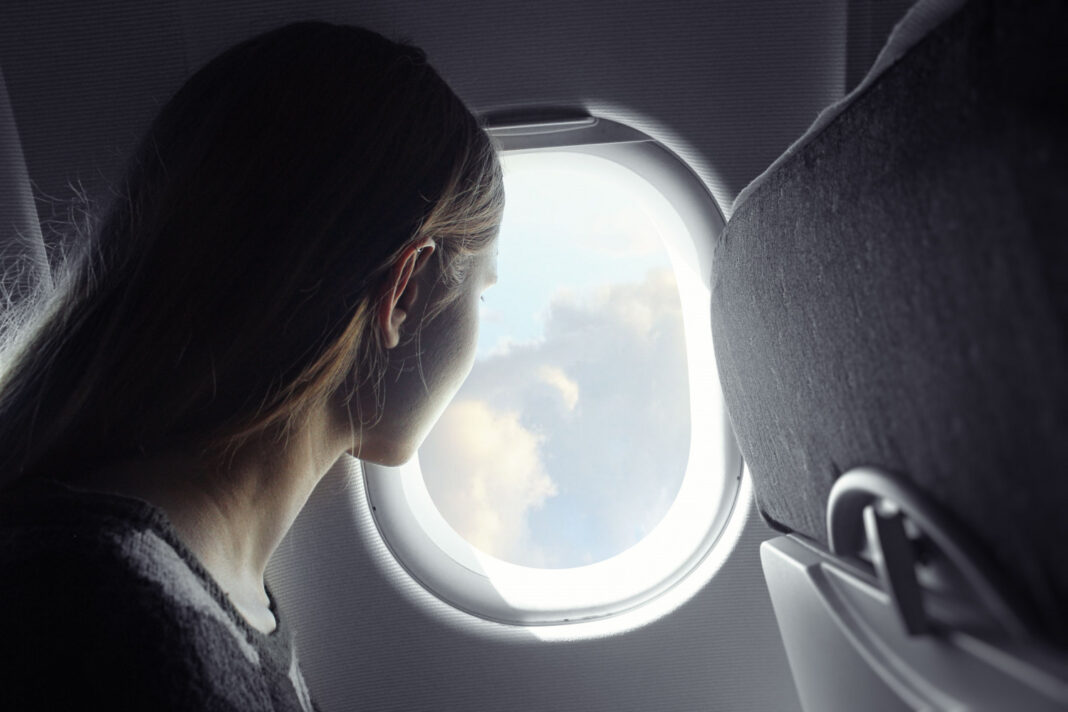The next time you are lucky enough to fly a plane and sit by the window, look at it. You will notice that all the windows are rounded.
Although it looks good aesthetically, the reason for choosing this shape is very sad. She is hiding in two cruel tragedies.
On January 10, 1954, Flight 781 took off from the runway at Rome’s Ciampino Airport to London with 35 people on board. Fifteen minutes after takeoff, the de Havilland Comet crashed into the sky and crashed into the Mediterranean. Everyone on board dies.
The second crash happened a few months later and killed 21 people on Flight 201 of South African Airlines. The plane from London to Johannesburg crashed into the sea, the found bodies found injuries to the head and lungs, similar to those of the passengers of flight 781, reports “Sun”.
At that time, the windows were square and this was of great importance for the wear of the metal parts, which caused the accidents. As a result, explosive decompression occurred and the machines disintegrated in the air.
The sharp corners of the windows subjected the metal around the tach to additional pressure at high altitudes – 2-3 times more than in other parts of the aircraft.
The pressure is concentrated in the four corners of each window and causes the metal to dry out.
“The rounded corners are designed to distribute the pressure evenly, reducing the likelihood of cracks forming around the window when the air pressure changes,” explains specialist Willis Orlando.
Following the investigation, de Havilland made many changes to the design of the aircraft and introduced rounded windows.









